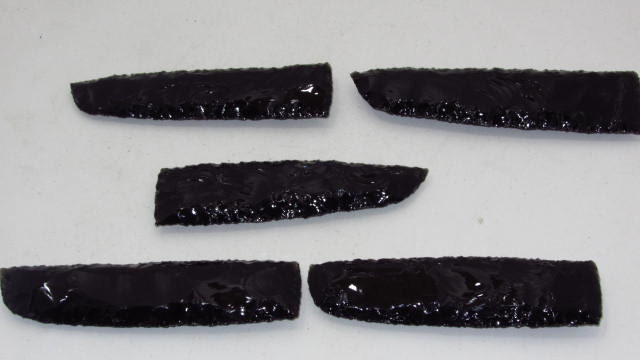

Lack of proper reimbursement for surgical equipment is expected to hamper the growth of the global surgical scalpel market.Īmong regions, North America and Europe is expected to witness robust growth in the global surgical scalpel market due to the increasing demand for surgery in labor patients, increasing demand for minimally invasive surgeries, increasing prevalence of chronic and neurological diseases and rise in geriatric population in these regions.

Moreover, increasing number of minimally invasive procedures and technological advances in the field of surgical scalpel are expected to augment the growth of the global surgical scalpel market during the forecast period.įurthermore, increasing demand for innovative surgical procedures, rising demand for plastic and/or reconstructive surgery, and increasing healthcare expenditure are some major factors expected to boost the market growth.

Increasing prevalence of chronic diseases (such as cardiovascular diseases) and neurological diseases coupled with the growing geriatric population around the world is expected to propel growth of the global surgical scalpel market over the forecast period. Other scalpels are usually polymer-coated. Now, few manufacturers offer scalpels with a zirconium nitride-coated edge to improve sharpness and prolonged edge retention. Traditionally, the material of choice for scalpels was silver, because of its antimicrobial properties. Titanium, diamond, ceramic, and obsidian knives are common. It is from the Black Rock Desert in western Utah where it was geologically deposited approximately 2.5 million years ago (the late Tertiary Period), during volcanic eruptions in the Black Spring area of the Black Rock Desert area in western Utah.Surgical scalpel are made of stainless steel, high carbon steel, or tempered and hardened steel. Nice Snowflake Obsidian is getting hard to find. Snowflake Obsidian is a black obsidian with white spots (spherulites) of radiating needle-shaped cristobalite (high-temperature quartz) crystals.īelow are some pieces from some of our trips to Utah. There are a myriad of colors, patterns and mixes of Obsidians, making them a very desirable collector item. The Nevada, Utah and California area, referred to as the Great Basin, is an ideal location to find Obsidian. For this reason, obsidian was used by many native cultures to make arrowheads and blades. The intersections of these fractures can form edges sharper than the finest steel blades. Obsidian, unlike crystals, has no regular structure and therefore fractures in smooth conchoidal (curved) shapes. Obsidian is relatively soft with a typical hardness rating of 5 to 5.5. In some stones, the inclusion of small, white, radially clustered crystals of Cristobalite in the black glass develop a blotchy or snowflake pattern producing what is known as Iron and magnesium typically give the obsidian a dark green to brown to black color. While pure obsidian is always dark in appearance, the color varies depending on the presence of impurities. Tektites were once thought by many to be obsidian produced by lunar volcanic eruptions, though few scientists now agree with this theory. The breakdown of obsidian is accelerated by the presence of water. It is sometimes classified as a Mineraloid because obsidian is metastable at the earth's surface (over time the glass becomes fine-grained mineral crystals). Its composition is very similar to that of granite and rhyolite. Obsidian is mineral-like, but not a true mineral because it is not crystalline. While a rock like basalt is dark because of ferromagnesian enrichment, obsidian consists mainly of silicon dioxide, usually 70% or more. Because of the lack of crystal structure, obsidian blade edges can reach almost molecular thinness, leading to its ancient use as arrowheads and its modern use as surgical scalpel blades. It is commonly found within the margins of felsic lava flows, where cooling is more rapid. Obsidian is a rock which is a type of naturally occurring glass, produced by volcanoes (igneous origin) when a felsic lava cools rapidly and freezes without sufficient time for crystal growth.


 0 kommentar(er)
0 kommentar(er)
